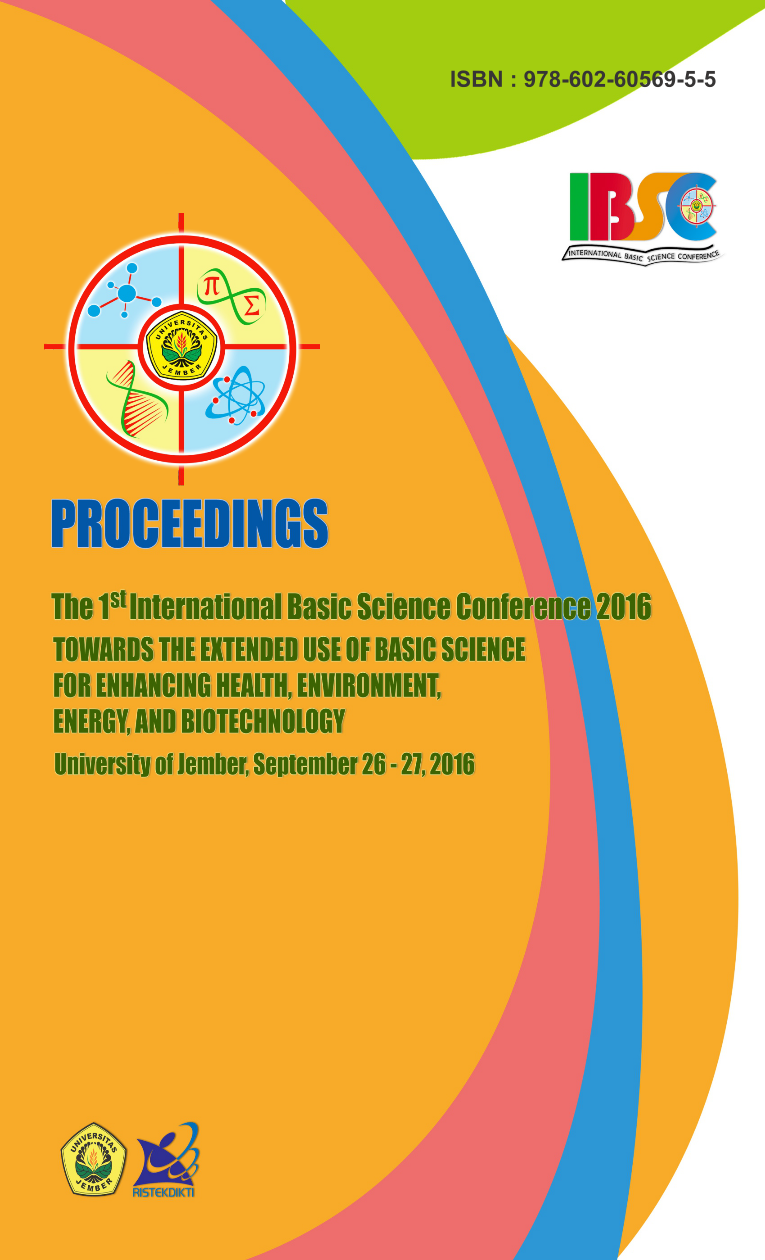Synthesis Of Zeolites From Lombok Pumice As Silica Source For Ion Exchanger
Abstract
Hard water is the mineral content in the water such as calcium and magnesium which have a negative impact of these minerals in the kidney. The hardness level can be lowered through the principle of ion exchange. Zeolite has been known as a good adsorbent to be used as an ion exchanger. However, natural zeolites can‘t be modified. Therefore, it is made of synthetic zeolites using pumice as a substitute for silica from Ijobalit, East Lombok (0-30 masl) and Karang Sidemen, Central Lombok (500-1000 masl). This study used other variations of the level of grain size of pumice, which is 60 mesh and 80 mesh. With BET, pore size pumice from the first location is 3,2 nm. While the pore size pumice from the second location is 3,207 nm. Pumice mixed into a solution of sodium hydroxide to form sodium silicate. Meanwhile, Al (OH)3 was mixed into a solution of sodium hydroxide to form sodium aluminate. Then sodium silicate and sodium aluminate is mixed with stirring for 1 hour and temperature of 160ºC. Electrical conductivity test showed that the smaller grain size pumice produce the greater conductivity. The conductivity value of 1A80, 1A60, 3A80, and 3A60, respectively was 96.9 mS/cm, 248 mS/cm, 335 mS/cm and 205 mS/cm. 3A80 synthetic zeolites potentially has the ability in ion exchange to reduce the level of water hardness.
Downloads
Download data is not yet available.
Downloads
Published
2017-08-08
Issue
Section
General


